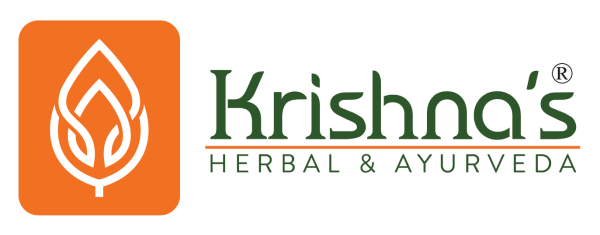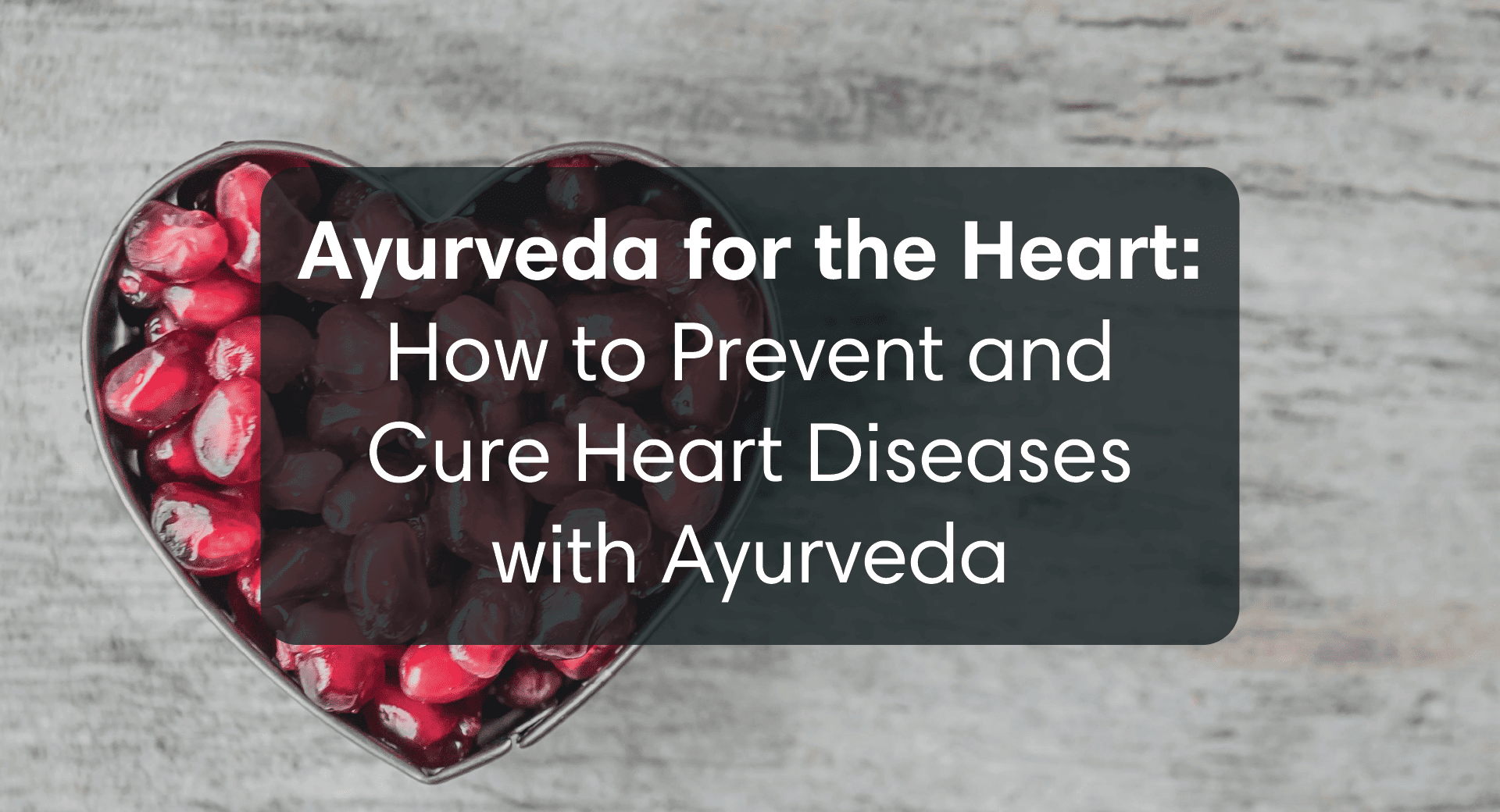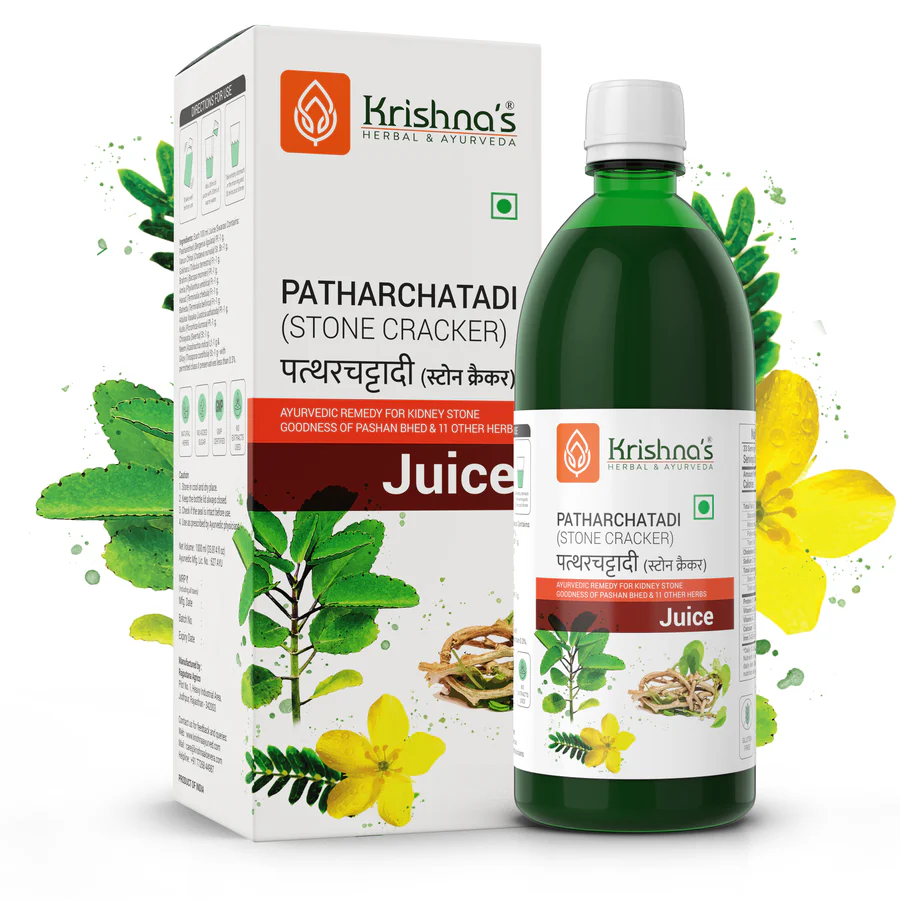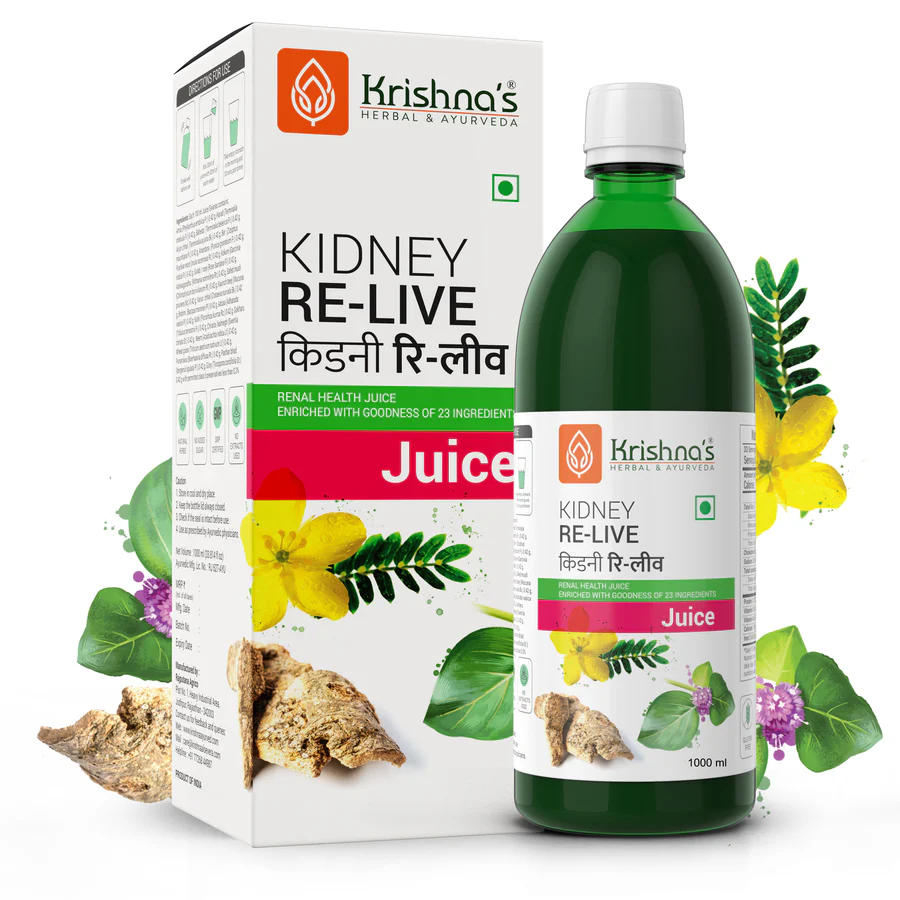You might have heard about kidney stones mostly occurring in adults, especially in men between the ages of 40 and 60. But you will be shocked to know that this painful condition is becoming common in children too.
According to a recent study, the number of children affected by kidney stones has grown by around 26% among young patients aged 15 to 19 during the last five years. This is a growing concern for parents and healthcare professionals too.
To make you aware of the symptoms, causes, and treatment of kidney stones in children, we are sharing all the information in this blog.
What Is a Kidney Stone?
It is a hard, pebble-like piece that can form in a child’s one or both kidneys. They develop when there is a large amount of certain minerals, salts and other substances in the kidney. These substances over a period stick together to form crystals and eventually, they get bigger and turn into kidney stones. Their size can be as big as a pea and as tiny as a sand grain. In rare cases, a kidney stone can also become as large as a golf ball.
After the kidney stone forms it may stay in the kidney or may move into the urinary tract with the flow of urine. Most of them are flushed out of the child’s body without causing any damage. The stone may stay in the kidney with no symptoms for a long time, or it may move out with the flow of urine. Smaller stones may pass through the urinary tract, and the child might not even realize he/she has a kidney stone.
The ones that are bigger in size and get obstructed in the ureter, the tube that connects the kidney and urinary bladder, are the main cause of pain and other symptoms.
Dissolve kidney stones and improve kidney health naturally with these Ayurvedic products:
Signs & Symptoms of Kidney Stones
When a stone makes its way out of the urinary tract through the ureter, it can lead to the following symptoms:
- Very severe, sudden onset pain in the back or one side
- Nausea and vomiting
- Groin pain as the stone moves down the urinary tract
- Severe stomach pain, especially in young children
- Burning or pain while urinating
- Blood in the urine (hematuria)
- Fever and signs of a urinary tract infection
What Causes Kidney Stones?
There isn’t an exact reason but most children who develop kidney stones have poor nutrition and diet such as eating too much processed and salty foods. Not drinking enough fluids/water is another common cause that contributes to kidney stone formation.
Some children develop kidney stones if they have a family history, for instance, if a parent or sibling is prone to stones, the child may be as well. Children having a history of kidney stones in the past are also more likely to develop them again.
Other possible causes include birth defects in the urinary tract, side effects from certain medications, obesity, diabetes, thyroid problems, metabolic disorders, some urinary tract infections (UTIs) and other kidney conditions.
Types of Kidney Stones
- Calcium stones: These are the most common type. They form when calcium combines with other substances in the urine.
- Cystine stones: These stones result from a genetic disorder where cystine, an amino acid, leaks through the kidneys into the urine.
- Uric acid stones: These form when the urine contains too much uric acid. Diets high in animal proteins can contribute to their formation.
- Struvite stones: These stones develop in children with frequent urinary tract infections.
Also Read: 5 Most Common Types of Kidney Stones & How to Avoid Them
How To Know If Your Child Has a Kidney Stone?
It is difficult to tell if a child or anyone has a kidney stone just on the basis of symptoms and history. Although kidney stone pain is always present in the same way, there can be several causes of similar pain. So, to confirm the diagnosis the doctor may suggest a few tests like an ultrasound, x-ray, or CT scan.
The preferred method for diagnosing kidney stones in children is ultrasound. This is because ultrasounds are non-invasive, easy to perform, and can detect most stones without exposing the child to radiation.
While a CT scan can identify very small stones, it involves some radiation exposure. Therefore, many healthcare providers will start with an ultrasound and only advise a CT scan if a stone is suspected but not visible on the ultrasound.
What Treatment is Offered If a Child Has a Kidney Stone?
Generally, if the stone is very small and there are no other complicating issues they are left as it is to be passed on their own. However, they are observed closely with imaging studies every few months.
Pain relievers and nausea medicine are prescribed to help with symptoms. Antibiotics may be given if kidney stones cause a urinary tract infection. The child may also be given medication to help them pass the stone easily.
Stones that are too large are removed through a surgical procedure because they cannot pass on their own, no matter how long you wait.
Treatments to Remove Kidney Stones in Children
Shock Wave Lithotripsy: This is a common and often the first choice of treatment for kidney stones in children. During the procedure, high-energy shock waves are directed at the stone. This energy breaks the stones into smaller pieces that can be passed more easily. The treatment usually lasts about 20 minutes, and some children may be given anaesthesia to keep them still during the process.
The effectiveness of lithotripsy can vary; larger stones may require more than one treatment, and it can take up to three months for all stone fragments to pass.
Percutaneous Nephrolithotomy: For larger stones or those that do not break apart with lithotripsy, a minimally invasive surgical procedure may be necessary. In this procedure, small instruments are inserted through the skin directly into the kidney to remove the stone. It is done under anaesthesia so that the child does not feel pain during the surgery.
Ureteroscopy: This procedure is used if the stone is located in the middle or lower part of the ureter. A doctor inserts a small instrument through the urethra and bladder into the ureter. This instrument has a camera at one end that allows the doctor to see the stone. The stone can then be either removed or broken into smaller pieces for easier passage.
What After The Stone Is Removed?
Removing the stone is just the first step in addressing the issue. Children who develop kidney stones are likely to experience more stones later in life. So, the next step is to figure out the cause of it and follow some lifestyle and dietary advice to prevent more from forming.
To pinpoint the cause, send the stone for analysis in the lab after it is removed through surgery or if you find one that your child has passed.
Preventive steps you can take to help reduce your child’s risk of developing kidney stones:
- Encourage your child to drink a lot of liquids (water is best) throughout the day but do not give them dark sodas, soft drinks, and sports drinks. A good indication that your child is well hydrated is their urine should be pale yellow.
- Limit the salt in their meals and avoid adding salt to the table.
- Encourage them to have more fruits especially citrus ones instead of processed foods, fast foods and sugary drinks like sodas.
- Help your child reach and maintain a healthy weight.
- Include Ayurvedic medicines in their diet like Krishna Ayurveda’s Kidney Relive Juice. For the right dosage consult a doctor first.













